Talk Overview
In Part 1, Jarvis explains that vocal learning is the ability to hear a sound and repeat it. Only 5 groups of mammals (including humans) and 3 groups of birds (parrots, hummingbirds and songbirds) are capable of vocal learning. Jarvis and his lab members imaged changes in gene expression in bird’s brains after singing. They found that hummingbirds, songbirds and parrots each have pathways in specific areas of the brain that are not found in non-vocal learning birds. Interestingly, analogous networks exist in the human brain but not in non-vocal learning monkeys.
In Part 2, Jarvis proposes a mechanism by which vocal learning may have evolved. He suggests that the brain areas that control vocal learning are the result of a duplication of a pre-existing neural circuit that controls motor movement. A similar duplication event may have occurred during the evolution of humans with the result that both humans and Snowball, a cockatoo, can sing and dance to a beat!
In Jarvis’ third talk, he demonstrates that the brain pathways necessary for vocal learning are associated with the expression of particular axonal guidance genes. He also proposes that the evolutionary events responsible for the development of vocal learning may be a general mechanism for the development of other complex behavioral traits.
Speaker Bio
Erich Jarvis

Erich Jarvis was a high school student at the School of the Performing Arts in New York City. Upon graduation, he had to choose between continuing as a dancer and becoming a scientist. He chose science. Jarvis pursued his undergraduate degree at Hunter College where he found that the discipline and creativity of his dance… Continue Reading
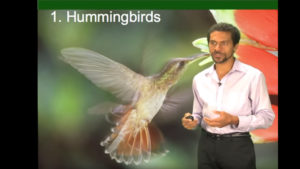
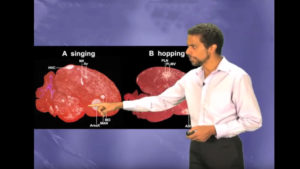
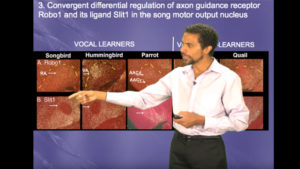
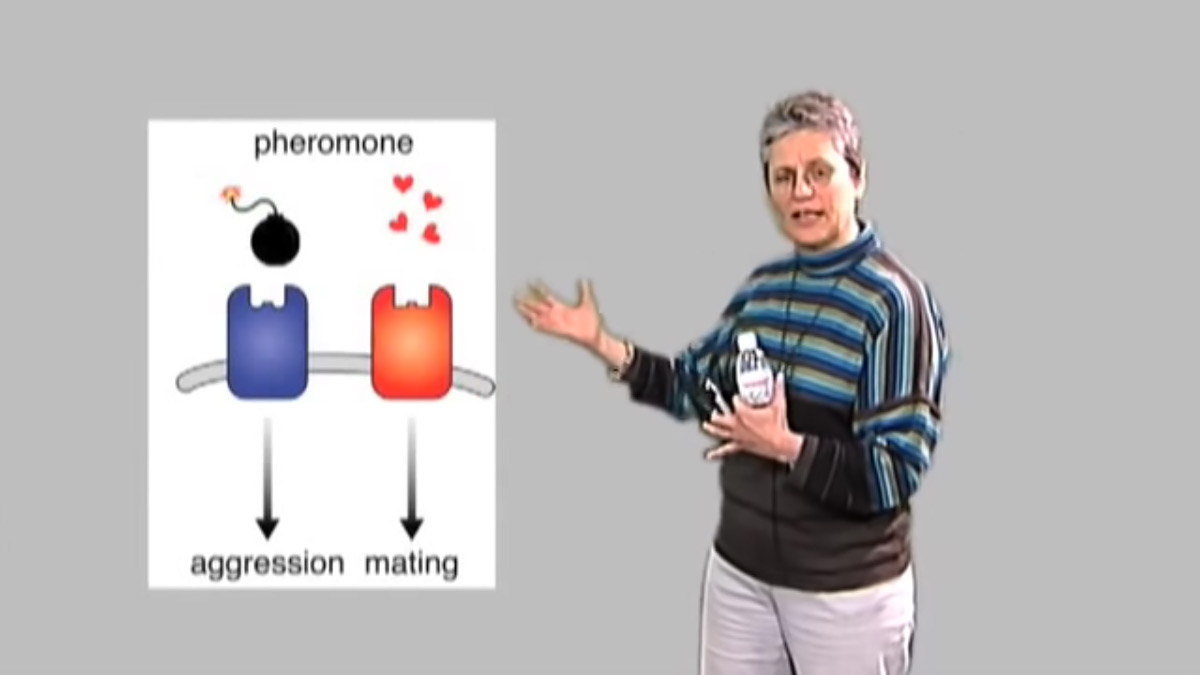
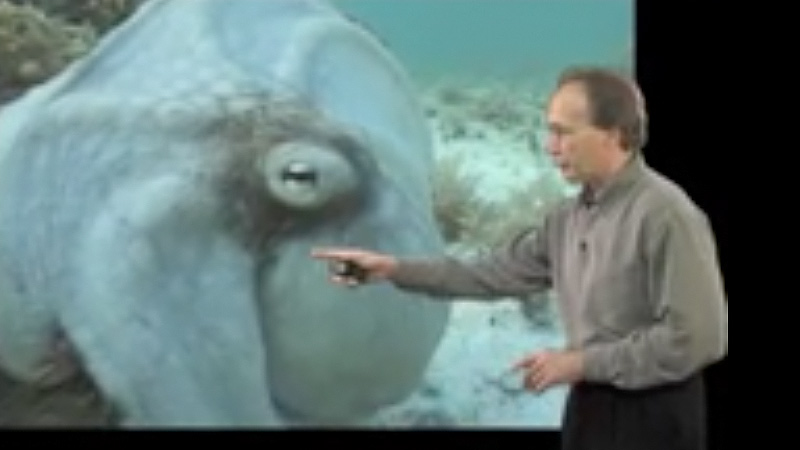
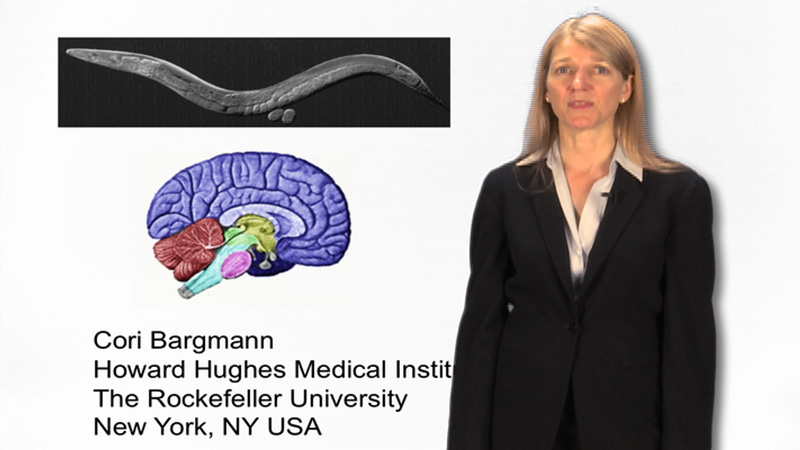
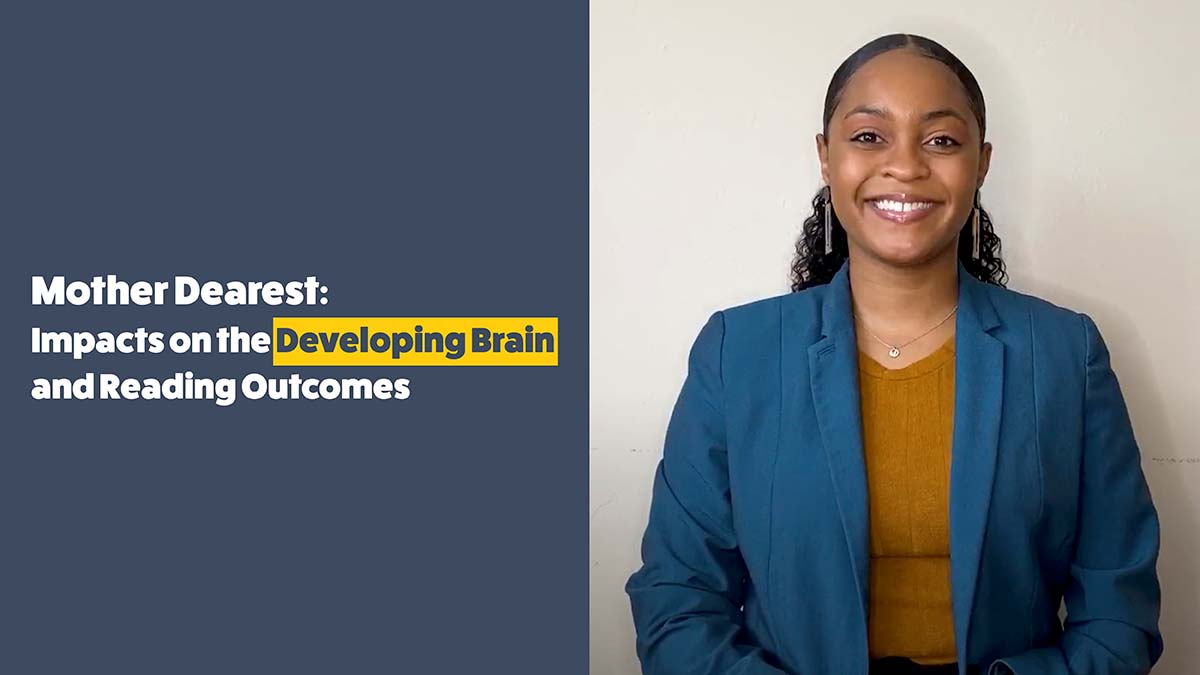





Leave a Reply